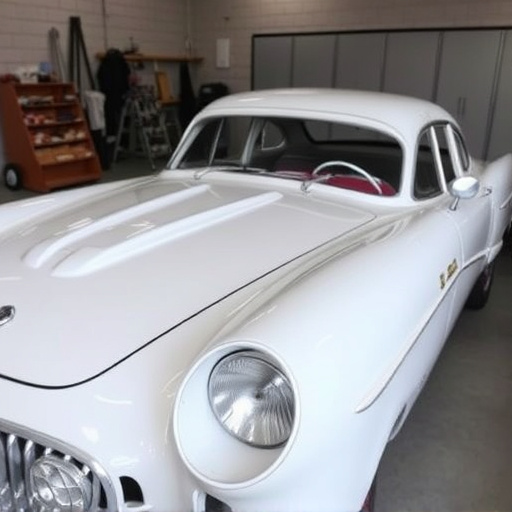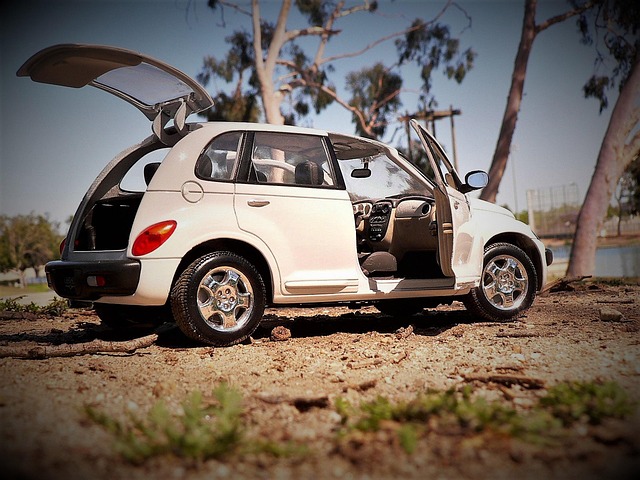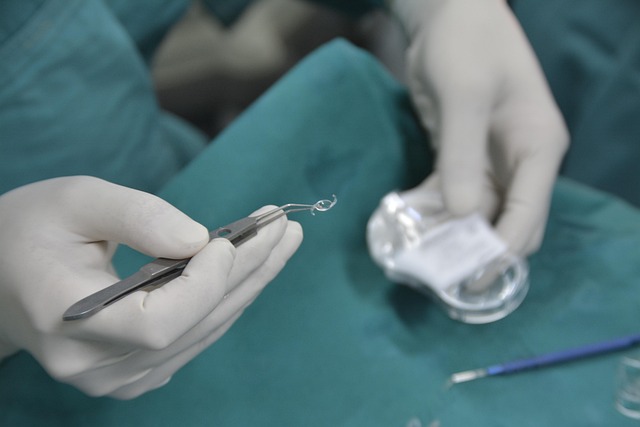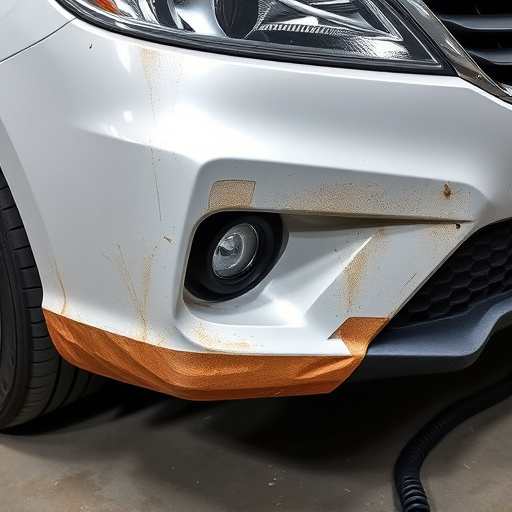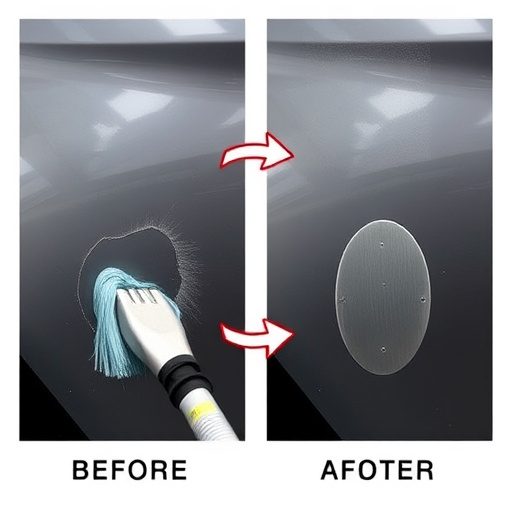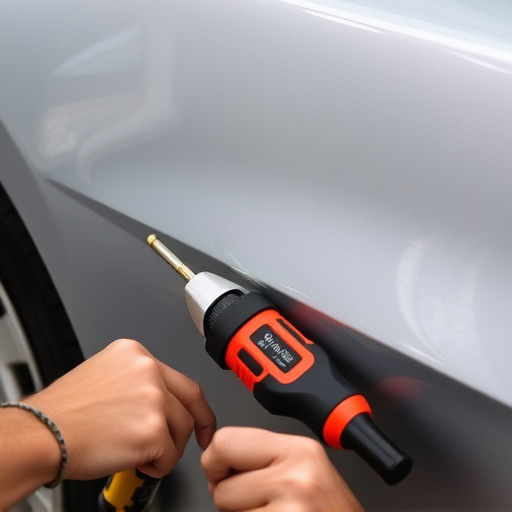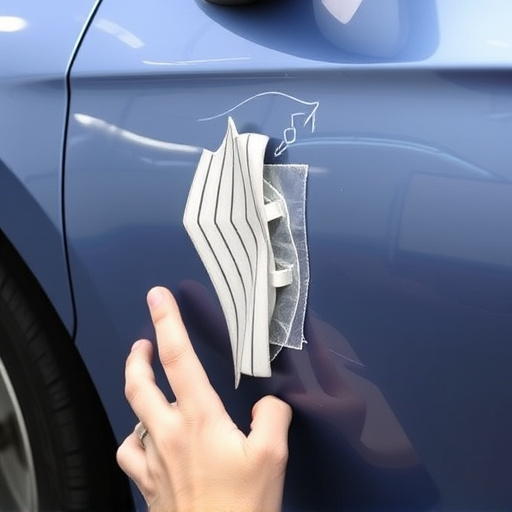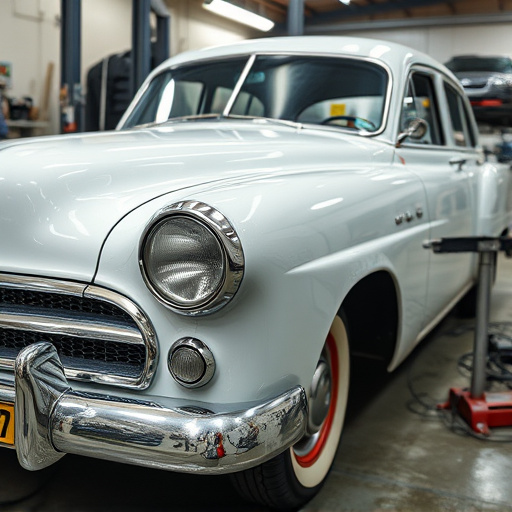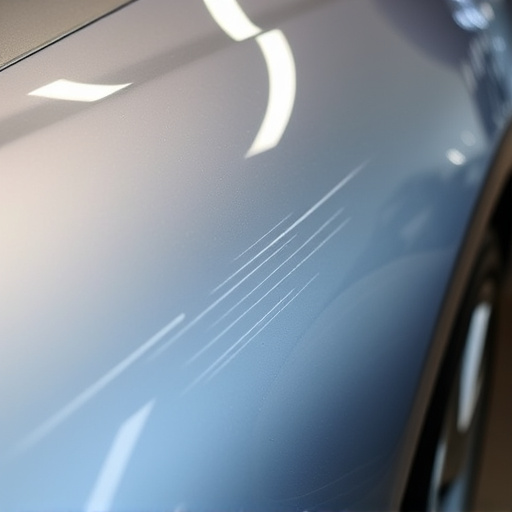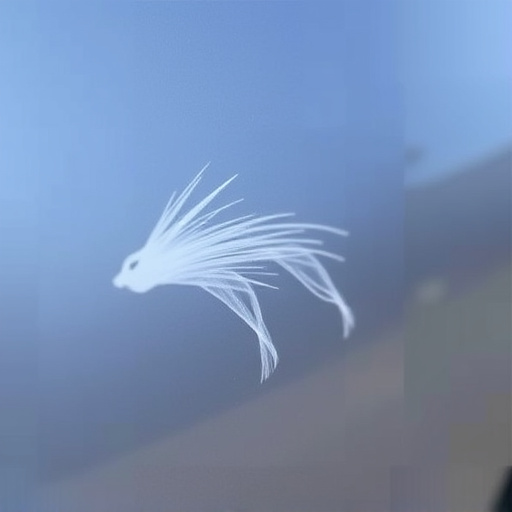Mercedes Benz collision repair emphasizes precise safety glass replacement using vacuum suction cups, cutters, grinders, and tailored adhesives for structural integrity. Technological advancements like CAD software and robotic systems revolutionize the process, improving accuracy and efficiency. Strict protocols, including PPE, ventilation, and waste disposal, ensure safe practices in safety glass replacement, adhering to high standards of safety and environmental regulations.
In the realm of safety glass replacement, professionals rely on a blend of traditional and advanced tools to ensure precise, secure installations. This article explores the common and innovative equipment used in modern practices, offering insights into how experts navigate this crucial process. From specialized hand tools to cutting-edge technologies, discover the arsenal that underpins efficient and safe glass replacements. Additionally, we’ll delve into essential safety measures, emphasizing best practices for professionals and peace of mind for property owners.
- Common Tools for Safety Glass Replacement
- Advanced Technologies in Use Today
- Essential Safety Measures During Installation
Common Tools for Safety Glass Replacement
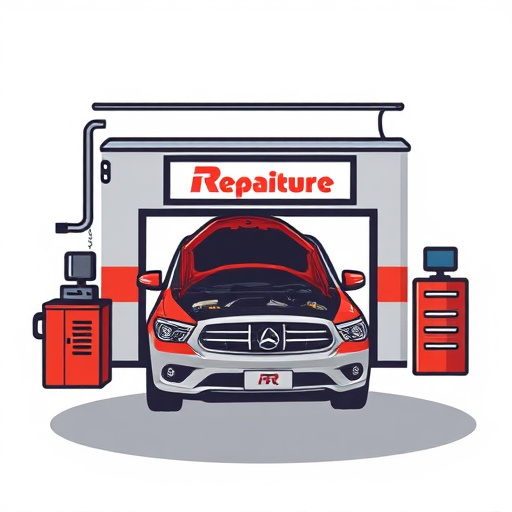
In the realm of automotive repairs, especially for mercedes benz collision repair and car body restoration, safety glass replacement is a meticulous process that demands specialized tools to ensure precision and integrity. The primary tools include high-quality vacuum suction cups for securely lifting and holding broken glass fragments without causing further damage. These are essential in navigating the delicate process of removing shattered glass while preparing the surface for new installations.
Additionally, specialized cutters and grinders designed specifically for safety glass replacement play a pivotal role. These tools allow technicians to cut new glass panels precisely to fit the vehicle’s frame, ensuring a seamless collision center repair. Adhesive systems tailored for automotive applications are another critical component, providing strong bonding between the new glass and the car body, enhancing structural integrity and safety during subsequent operations such as painting and final assembly.
Advanced Technologies in Use Today
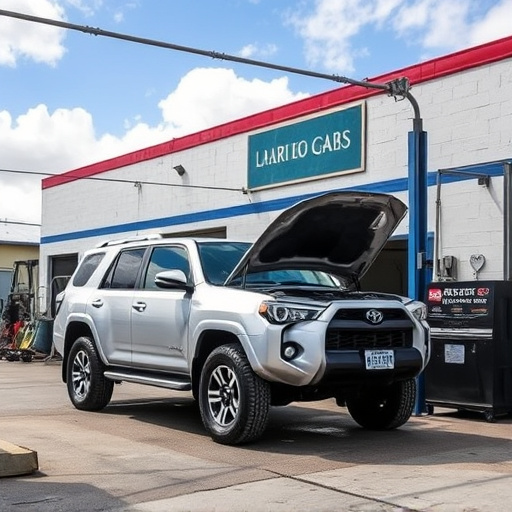
In today’s advanced automotive landscape, safety glass replacement has evolved significantly, incorporating cutting-edge technologies that enhance both efficiency and precision. One such innovation is computer-aided design (CAD) software, which allows for precise measurements and seamless integration of new glass panels into existing vehicle structures. This ensures a perfect fit, minimizing the need for costly rework during vehicle repair.
Additionally, robotic systems have been introduced to automate various aspects of the replacement process, including cutting and positioning of glass. These robots offer unparalleled accuracy and consistency, especially in complex restoration projects like classic car restoration, where every detail matters. Furthermore, advanced materials such as laminated and tempered glass with improved impact resistance and safety features are now commonly used, providing enhanced structural integrity and passenger protection.
Essential Safety Measures During Installation
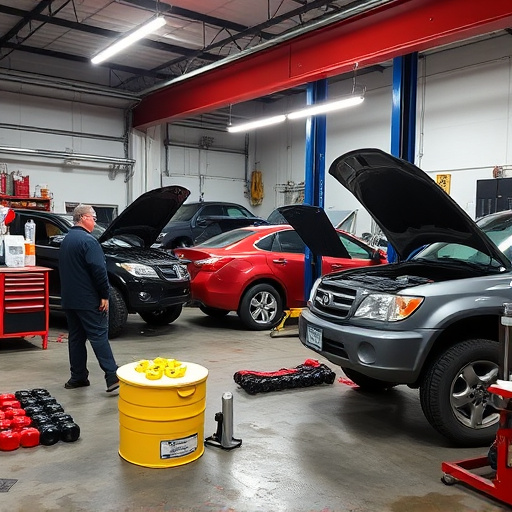
When undertaking safety glass replacement, adhering to strict protocols is paramount to ensure both worker and public safety. Before beginning any installation, a thorough assessment of the damaged glass and its surrounding area must be conducted. Personal protective equipment (PPE), including safety goggles, gloves, and respirators, should be donned by all personnel involved. This is crucial not only for protection against flying debris but also to mitigate the risk of exposure to harmful chemicals during the replacement process, particularly when dealing with vehicle paint repair or bumper repair.
Additionally, ensuring proper ventilation in the work area is essential. Given that some safety glass replacement processes may involve potentially hazardous fumes from solvent cleaning or painting, adequate airflow helps maintain a safe working environment. Proper disposal of waste materials, including shattered glass and chemical residues, should be planned and executed according to local environmental regulations. Integrating these safety measures into the installation process is vital for preventing accidents, minimizing risks, and upholding the highest standards in safety glass replacement practices.
In conclusion, the process of safety glass replacement involves a combination of both traditional and advanced tools, ensuring precise installation and enhanced structural integrity. From common hand tools to innovative technologies, professionals now have a plethora of options to cater to various project needs. By adhering to essential safety measures, technicians can confidently navigate complex tasks, contributing to safer environments in both residential and commercial settings. This ongoing evolution in techniques and tools underscores the significance of staying informed within the realm of safety glass replacement.
